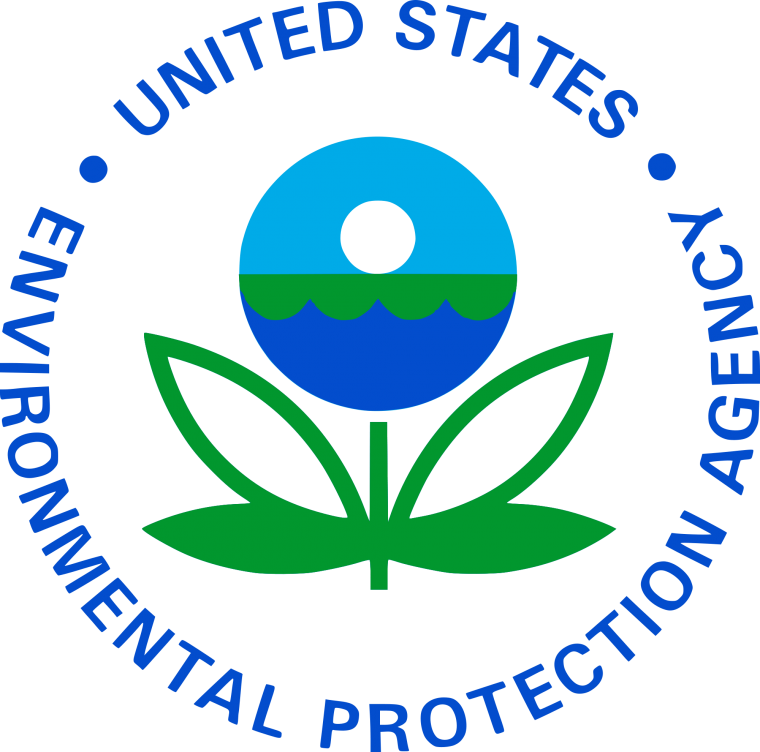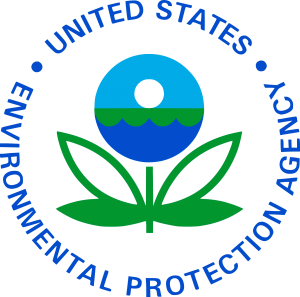
After facing criticism for not moving quickly enough to help mitigate health and water safety problems similar to those resulting from lead found in drinking water in Flint, Michigan, the U.S. Environmental Protection Agency (EPA) is drawing a line in the sand with the states. And EPA officials are promising increased enforcement of drinking water regulations regarding lead.
 Governors earlier this week received letters from two high-ranking officials of the EPA urging them to locate lead water lines and test them for lead, as they are required to do.
Governors earlier this week received letters from two high-ranking officials of the EPA urging them to locate lead water lines and test them for lead, as they are required to do.
The water crisis in Flint resulted from city officials changing the source of the city’s drinking water in 2014 from the Detroit water system to the Flint River. However, that only served to drain even more lead into the water than did Detroit’s city water pipes. Residents began to complain about the color, taste and smell of the water. A serious health problem was identified when testing of children in Flint last October revealed high levels of lead in their blood, and Flint switched back to using Detroit’s water. In the meantime, phosphates are being used to re-coat the Flint water system’s damaged pipes, hopefully decreasing the lead amounts entering the water.
Realizing this kind of problem could exist in other states, EPA Administrator Gina McCarthy’s recent letter to 49 governors (Wyoming was excluded from receiving a letter because the primary responsibility for its drinking water rests with the EPA, not the state) indicated that most states have the primary responsibility for the “implementation and enforcement of drinking water regulations,” and those efforts of the state are overseen by the EPA. Noting that safe drinking water is the cooperative responsibility of the federal government, the states, tribal and local governments, system owners and operators, consumers and other stakeholders, McCarthy pledged that the EPA will begin meeting with representatives of every state drinking water program in the United States to make sure that states are taking “appropriate actions to identify and address lead action level exceedances” and fully implementing the Lead and Copper Rule, a regulation that seeks to control lead and copper in drinking water.
McCarthy also called on the governors to ensure that this effort be given “the highest priority” of state leadership and the agencies responsible for water safety. The EPA administrator also urged governors to ensure transparency and accountability with the public so constituents will be assured that efforts are being made to address lead risks.
Among the administrator’s first steps will be adequate regulatory oversight at all levels of government, use of information technology to increase transparency and accountability to the public regarding drinking water compliance issues, leveraging additional funding sources to be used for maintenance, upgrades and replacement of aging water infrastructure and greater use of technology and infrastructure to address contaminants.
A second letter went to department heads in state agencies with water quality responsibility from EPA Deputy Assistant Administrator Joel Beauvais. Beauvais, who heads the EPA Office of Water, encouraged collaborative efforts among state water agencies and the EPA. He outlined a number of immediate steps that these agencies can begin taking, from ensuring optimization of corrosion control to posting information on Web sites regarding Lead and Copper Rule sampling protocols.
“These actions are essential to restoring public confidence in our shared work to ensure safe drinking water for the American people,” wrote Beauvais.
The EPA is going to be bullish on the enforcement drinking water regulations regarding lead when it comes to the matter of public health, indicated the two EPA officials. At the same time, they are urging governors and state water regulators to lend their leadership to this effort at the state level and to partner with all stakeholders to avoid another health emergency like the one in Flint.
